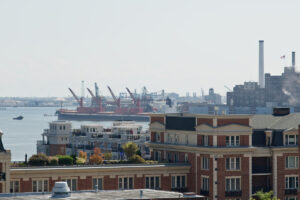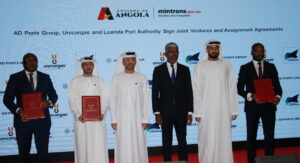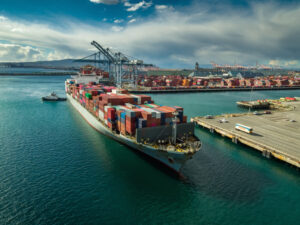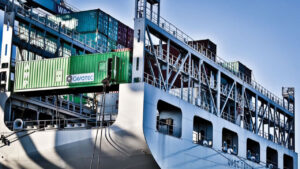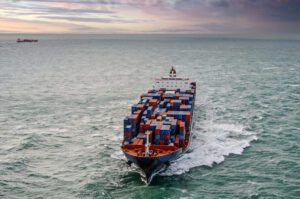Further widening of the supply-demand imbalance at the trade route level and insufficient measures to reduce ship capacity will lead to an acceleration of freight rate reductions and industry-wide losses in 2016, according to the latest Container Forecaster report published by Drewry Shipping Consultants.
The decline in global container shipping freight rates is anticipated to have been as high as 9% in 2015 and Drewry is forecasting that carrier unit revenues will decline further in 2016, albeit at a slightly slower pace.
The Baltic Dry Index recently fell by more than 700 points, and recently dropping again to 468 points, the lowest since the index began in 1985, showing the volatility and uncertainty that is present in today’s shipping industry.
Excluding 2009, the past 12 months has seen the lowest spot rates in most major trade lanes and all at the same time. This is not solely due to fundamental supply/demand imbalances caused by weak volumes and over-supply.
End of year 2015 spot rates from Asia to the US West Coast and US East Coast were around US$815 and $1,520 per 40ft (FEU) container, respectively.
Many stakeholders point to the fact that bunker prices of for example $140 per tonne in Rotterdam (IFO380) are clearly contributing to lower overall container freight rates, but Drewry believes that a new and worrying trend has become apparent for ocean carriers.
Drewry believes that oil prices have probably hit the market bottom right now and costs for the positioning of empty containers and vessel lay ups will increase in 2016.
Its latest calculation is that a 10,000 TEU vessel would incur a minimum of $450,000 in reactivation costs if laid up in Asia for three months or more.
Neil Dekker, Drewry’s director of container research, said: “Comparisons are being made to 2009 when approximately 1.3 million TEU was removed from a considerably smaller fleet. The mass scale lay ups were triggered by the fact that lines ran out of cash.
“The industry is not there yet as some lines are still making a profit and the very low fuel prices are propping them up. But a further two or three quarters of declining financial profitability may trigger a notable rise in the idle fleet as we enter H2, 2016.”
Drewry believe that more needs to be done by the industry to bring about any kind of stability. Proposed or forthcoming industry consolidation may well reduce the number of big market players and improve individual company efficiency, but this will not reduce industry vessel capacity in any way.
With the idle fleet touching one million TEU in late 2015, or just under 5% of the global fleet, decisions need to be taken by lines to remove more vessels and re-structure more trade lanes with new operational agreements.
Big vessels no longer guarantee decent profitability and should Asia to North-Europe contract rates be signed at an average $900 per FEU (and this could be too optimistic) for 2016, this equates to an estimated $1.4 billion loss for the carriers on one trade lane.

